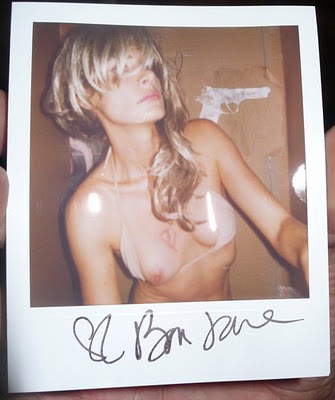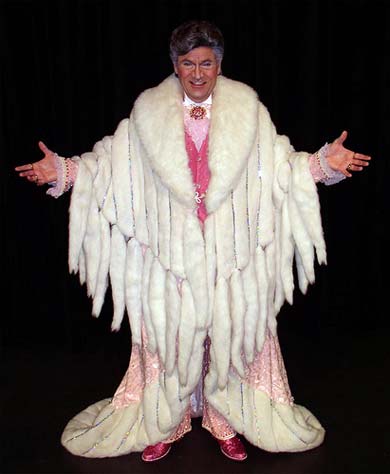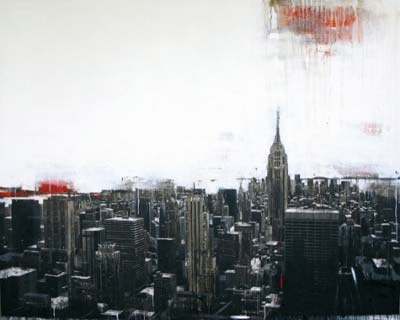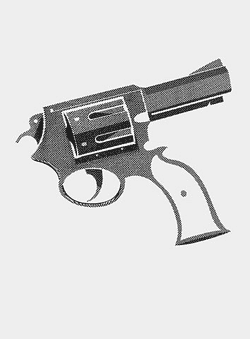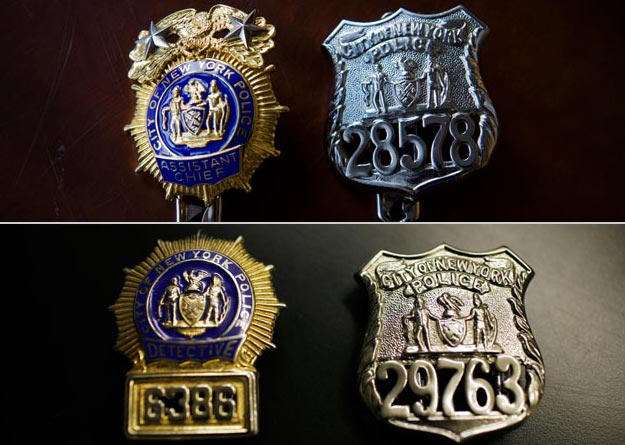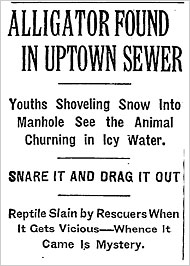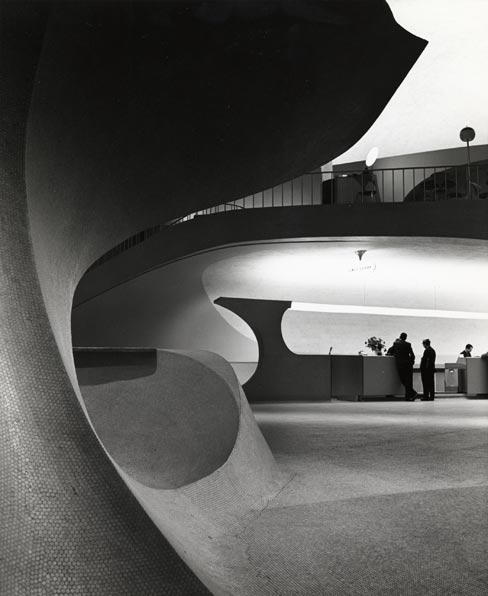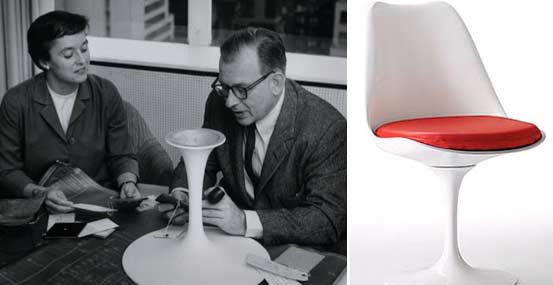Compulsive hoarding is a form of obsessive-compulsive disorder (OCD), a neurobiological condition, most likely genetically based. OCD comes in a wide variety of forms, of which hoarding is only one. Compulsive hoarders may collect only certain types of things, or they may indiscriminately save everything. We are not talking here about collecting things that are valuable or important such as art, coins, or stamps. (…)
Some of the things most commonly saved include newspapers, magazines, lists, pens, pencils, empty boxes, pamphlets, old greeting cards, junk mail, old appliances, outdated books and even assorted labels, string, rubber bands, plastic containers, bottles, and bottle caps. In the most extreme cases, people have been known to save such things as empty matchbooks, used tissues, old cigarette butts, bird feathers, old cars, discarded paper cups, used aluminum foil, paper towels, lint, and hairs. Some of these sufferers will even rummage through other people’s trash, and bring home obvious junk that to them, seems quite useful or repairable. (…)
In 1932, Homer Lusk Collyer (1881–1947) purchased a building across the street at 2077 Fifth Avenue for $8,000. He planned to divide it into apartments and to rent them. This plan was never realized, as he suffered a stroke in 1933, becoming blind as the result of hemorrhages in both of his eyes. With one exception, he was reportedly never seen outside of his home again.
Homer’s brother, Langley Collyer (1885–1947), gave up his job to nurse his brother back to health. No physician was ever consulted. Langley apparently believed that the cure for his brother’s blindness was for him to eat 100 oranges a week, and to keep his eyes closed at all times, in order to rest them. The brothers possessed a large library of medical books, and it would seem that Langley felt he had the information and knowledge necessary to treat his brother.
{ OC Foundation | Continue reading }
Burglars tried to break into the house because of unfounded rumors of valuables, and neighborhood youths had developed a fondness for throwing rocks at the windows. They boarded up the windows. In an attempt to exclude burglars, Langley used his engineering skills to construct booby traps and tunnels among the collection of items and trash that filled the house. The house soon became a maze of boxes, complicated tunnel systems consisting of junk and trash rigged with trip wires. Homer and Langley Collyer lived in “nests” created amongst the debris that was piled to the ceiling.
Their gas, telephone, electricity and water having been turned off because of their failure to pay the bills, the brothers took to warming the large house using only a small kerosene heater. For a while, Langley attempted to generate his own energy by means of a car engine. Langley began to wander outside at night; he fetched their water from a post in a park four blocks to the south (presumably Mount Morris Park, renamed Marcus Garvey Park in 1973). He also dragged home countless pieces of abandoned junk that aroused his interest. In 1933, Homer, already crippled by rheumatism, went blind. Langley devised a remedy, a diet of one hundred oranges a week, along with black bread and peanut butter. He also began to hoard newspapers, so that his brother could catch up with the news once his sight returned. (…)
On March 21, 1947, an anonymous tipster phoned the 122nd police precinct and insisted there was a dead body in the house. A patrol officer was dispatched, but had a very difficult time getting into the house at first. There was no doorbell or telephone and the doors were locked; and while the basement windows were broken, they were protected by iron grillwork. Eventually an emergency squad of seven men had no choice but to begin pulling out all the junk that was blocking their way and throw it out onto the street below. The brownstone’s foyer was packed solid by a wall of old newspapers, folding beds and chairs, half a sewing machine, boxes, parts of a wine press and numerous other pieces of junk.
A patrolman, William Baker, finally broke in through a window into a second-story bedroom. Behind this window lay, among other things, more packages and newspaper bundles, empty cardboard boxes lashed together with rope, the frame of a baby carriage, a rake, and old umbrellas tied together. After a two-hour crawl he found Homer Collyer dead, wearing just a tattered blue and white bathrobe. (…) But Langley was nowhere to be found. For weeks there was no sign of Langley.
On Saturday, March 30, false rumors circulated that Langley had been seen aboard a bus heading for Atlantic City, but a manhunt along the New Jersey shore turned up nothing. Two days later, the police continued searching the house, removing 3,000 more books, several outdated phone books, a horse’s jawbone, a Steinway piano, an early X-ray machine, and even more bundles of newspapers. More than nineteen tons of junk had been removed, just from the ground floor of the three-story brownstone. Still unable to find Langley, the police continued to clear away the brothers’ stockpile for another week, removing another 84 tons of rubbish from the house.
On April 8, 1947, workman Artie Matthews found the dead body of Langley Collyer just ten feet from where Homer had died. His partially decomposed body was being eaten by rats. A suitcase and three huge bundles of newspapers covered his body. Langley had been crawling through their newspaper tunnel to bring food to his paralyzed brother when one of his own booby traps fell down and crushed him. Homer, blind and paralyzed, starved to death several days later.
{ Wikipedia | Continue reading }
The last name of the title characters of E. L. Doctorow’s new novel, “Homer & Langley,” is Collyer, and the book’s brothers do, in fact, turn out to be versions of those infamous New York pack rats, whose overstuffed Harlem brownstone made their name synonymous with obsessive-compulsive collecting.
{ NY Times | Continue reading }
